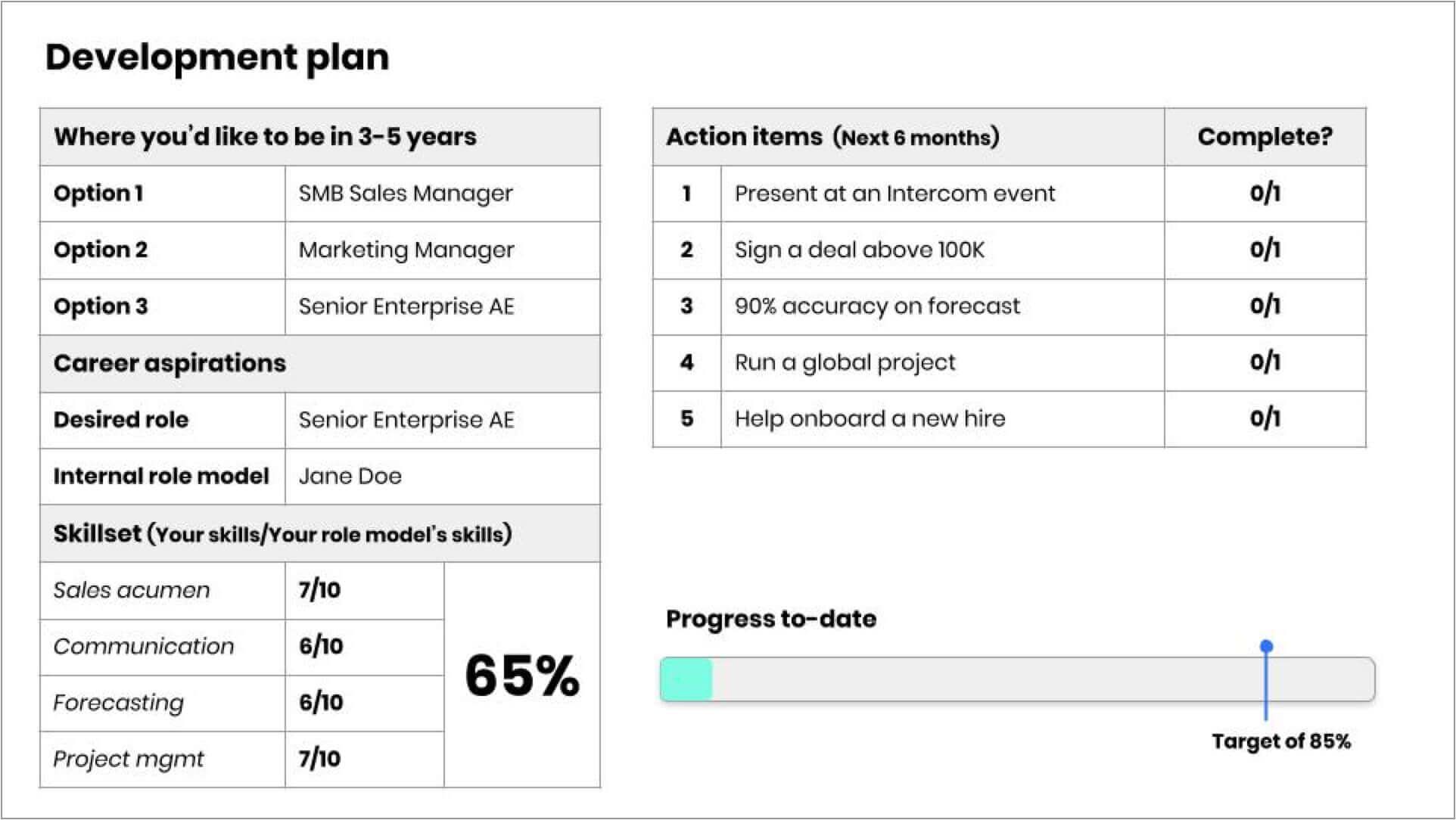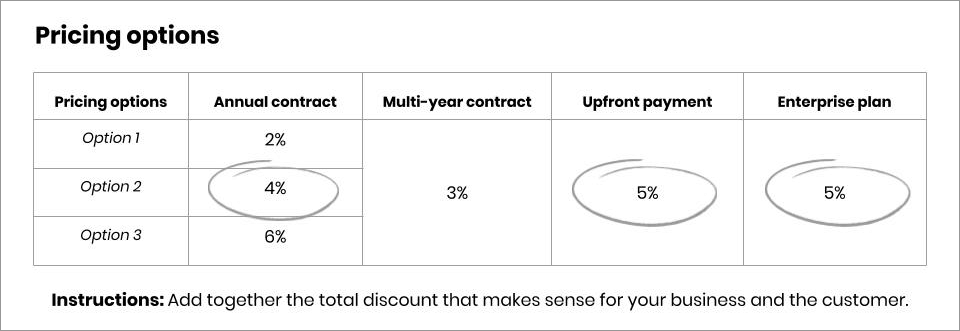
Proven sales plays for skyrocketing growth
Main illustration: Lily Wang
There are no silver bullets in sales – no tricks, hacks, or mantras that can guarantee you’ll hit target. But there are actionable plays that high-growth companies use to scale their revenue.
Having led sales teams at Facebook, Twitter, and now Intercom, I’ve developed and executed many of these plays. These sales plays are the answers to mission-critical questions like “What criteria will I use to hire sales reps?” “How will I implement new sales motions?” and “What tactics will my team use to win and retain customers?”
“These sales plays are our blueprint to scaling a billion dollar business”
Our answers to these questions are the topic of our new book, Intercom on Sales. Inside we reveal the strategies, learnings, and best practices that have enabled us to build a business worth more than $1.275 billion. Together these 28 sales plays form our blueprint for growth.
In a recent AMA, I sat down to answer all your questions about scaling sales at a billion dollar company. I shared a deeper look at how we run our sales organization – everything from how we keep our top reps motivated to why we take a highly targeted approach to outbound sales. Check out the slides from my AMA below or on SlideShare:
3 sales plays that you can use right away
Short on time? Here are three sales plays that you can start using with your team today.
1. Nail your sales demo with use case, problems to be solved, and persona
Powerful sales demos share one thing in common: they speak to the buyer’s motivations. That is, they explain how the product can be used in a particular context (use case), what pain points the product will solve (problems to be solved), and why the person being pitched should care (persona). Powerful sales demos focus on why buyers are looking to purchase, not what they’ll be purchasing. The reality is prospects don’t care about features if they can’t connect the features back to value for them or the company.
2. Keep your top sales reps motivated with development plans
Too often, sales managers at high-growth startups prioritize sales reps’ pipelines and forecasts over their professional development. But one of the fastest ways to lose momentum as a sales organization is to lose your top reps. We prioritize our reps’ goals and passions by having each of them create an individual development plan (IDP) that we jointly commit to. At the start of the conversation, we look at the diagram below to evaluate their current situation and discuss how they can get closer to the center – that is, their career goal.

Inspired by the Japanese concept of Ikigai, or “reason for being.” Image adapted from BodeTree.
We execute on this conversation by creating a plan with clear KPIs, and this becomes their IDP. The IDP documents their long-term aspirations, their current skills, and the skills they need to practice. As managers, our responsibility is to help our reports close the gap, one step at a time.

3. Ensure discounts are a win-win for you and your customer
When offered too freely, discounts can act as a bandaid for your reps and your customers – an easy way to get deals over the line or justify purchases. Instead you should design your pricing to be fair and transparent, and take the same approach when negotiating contract length, plans, and upfront payment. Your goal should be to offer different pricing options that match cost to value and commitment from your customers. For example, if the buyer agrees to your enterprise plan, a multiyear contract, or upfront payment, then you could open the door to discussing a discount (but never before). Present the options proactively, and set the expectation that a discount = a bigger commitment.
Using the worksheet below will help your buyer to select the option that matches their level of commitment. In this example, the buyer decided to go with option two: an annual contract, upfront payment, and enterprise plan. As a result, they will receive a 14% discount.

Want more sales plays to accelerate your growth? Get the recording








